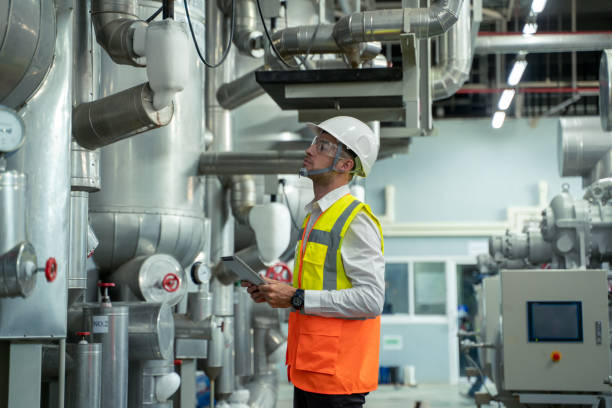Air compressors play a crucial role in construction projects by powering a wide range of tools and equipment, making work more efficient and productive. Understanding the different types of air compressors used in these projects helps contractors and workers select the right machine for their specific needs. Air compressors generally fall into two main categories: positive displacement and dynamic compressors. Positive displacement compressors deliver air at a constant volume regardless of pressure, while dynamic compressors increase air velocity to generate pressure. One of the most commonly used compressors in construction is the reciprocating piston air compressor. This type uses pistons driven by a crankshaft to compress air within cylinders. It is valued for its high pressure capabilities and versatility, making it ideal for tasks such as powering jackhammers, drills, and nail guns. These compressors can be found in both portable and stationary models, with portable versions favored for job sites that require mobility.

Rotary screw compressors are another popular type in construction. They use two meshing helical screws to compress air smoothly and continuously, providing a steady flow of compressed air. This makes them well-suited for projects requiring long operating hours and consistent air supply, such as spray painting or running pneumatic tools. Rotary screw compressors are typically quieter and more energy-efficient than piston compressors, which is beneficial for both indoor and outdoor construction environments. For smaller scale or light-duty applications, portable air compressors often come in the form of compact, lightweight units that can be easily transported around a job site. These compressors may utilize either piston or rotary technology but are designed primarily for convenience and ease of use. They are commonly used for inflating tires, cleaning debris, or powering smaller pneumatic tools. Their portability ensures that construction workers have quick access to compressed air wherever it is needed.
In large construction projects, centrifugal compressors are sometimes employed. These dynamic compressors use high-speed rotating impellers to accelerate air and convert velocity into pressure. They can deliver very large volumes of air and are typically used in industrial settings or massive infrastructure projects where continuous, high-capacity air flow is necessary. While less common on everyday construction sites due to their size and complexity, centrifugal compressors play a vital role in specialized applications. Lubrication and cooling methods differentiate air compressors as well. Some compressors are oil-lubricated, providing smoother operation reference and longer lifespan but requiring regular maintenance. Others are oil-free, which are cleaner and better suited for environments where air purity is essential, such as in food or pharmaceutical-related construction tasks. Selecting the right type involves balancing factors like pressure needs, air purity, portability, and maintenance capabilities to ensure the compressor fits the specific demands of the construction project.